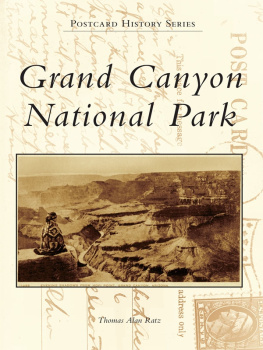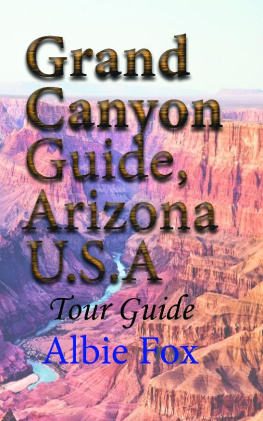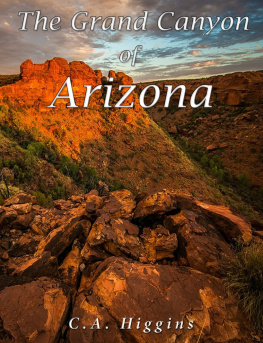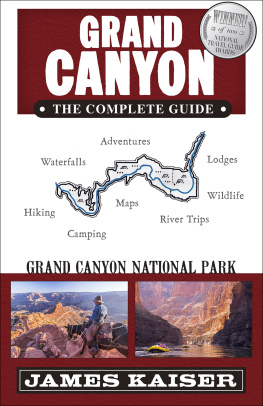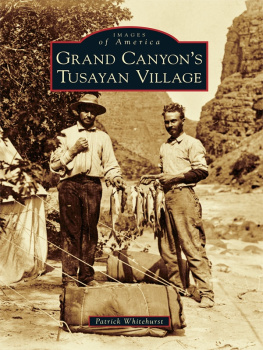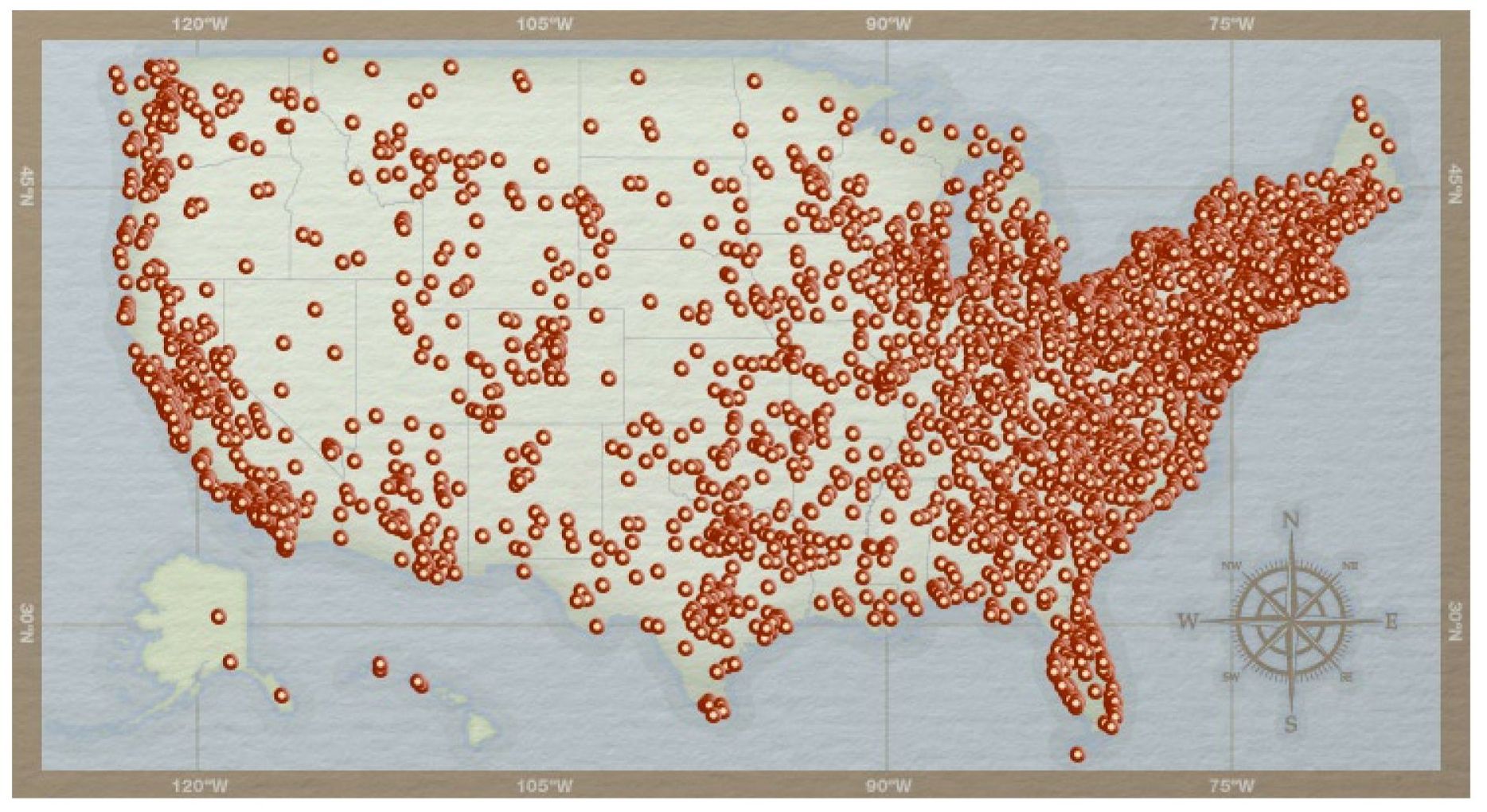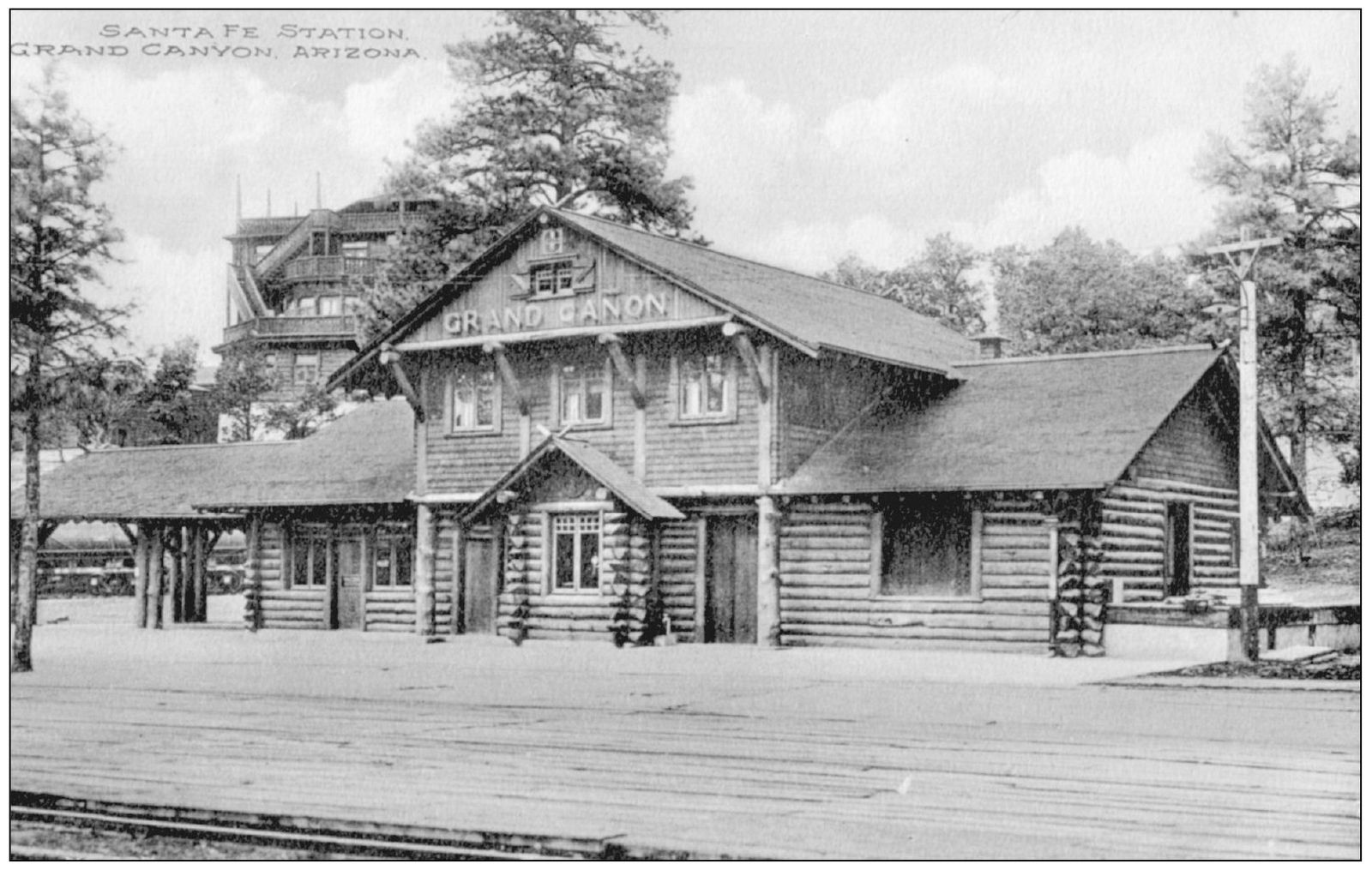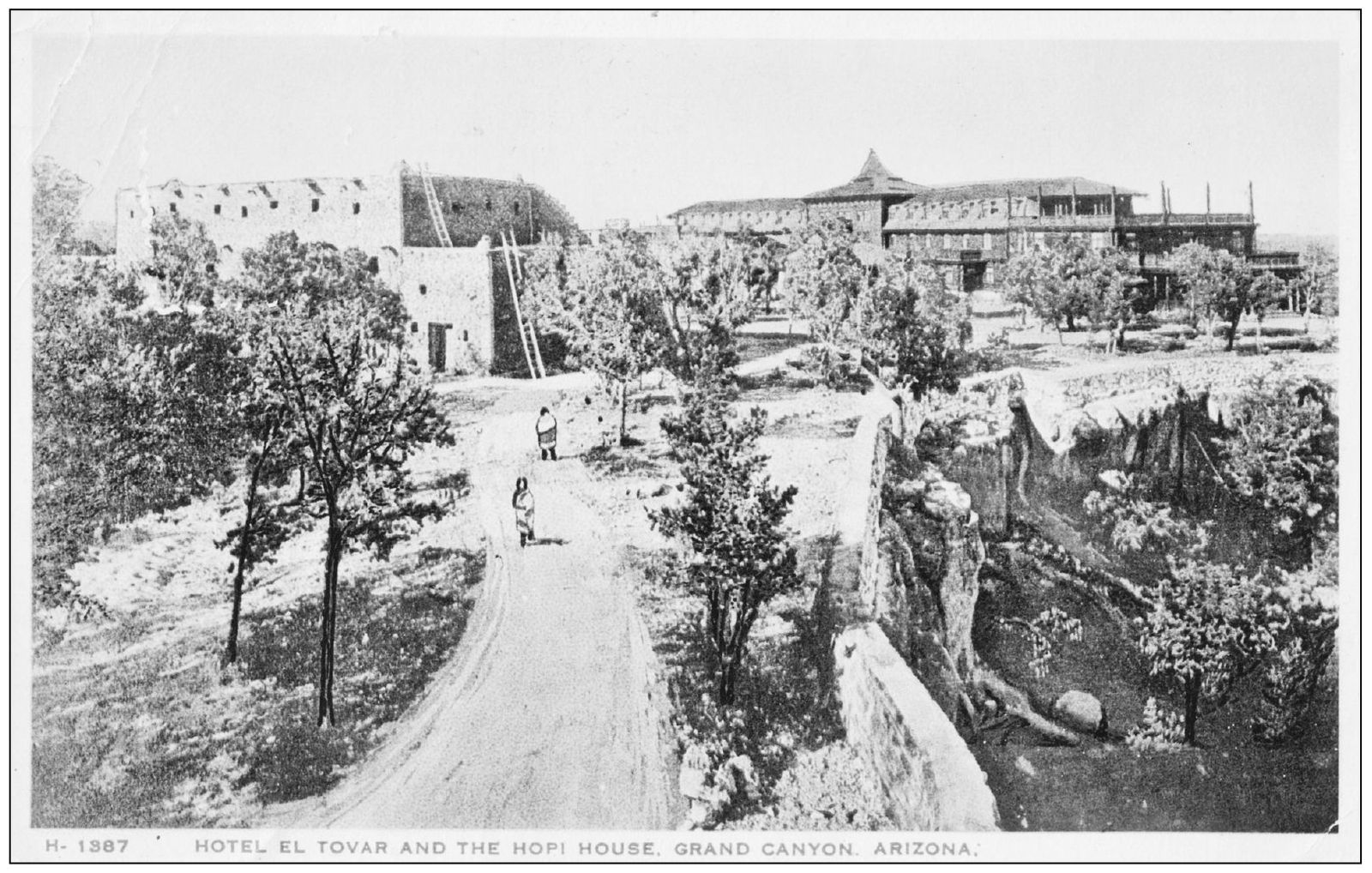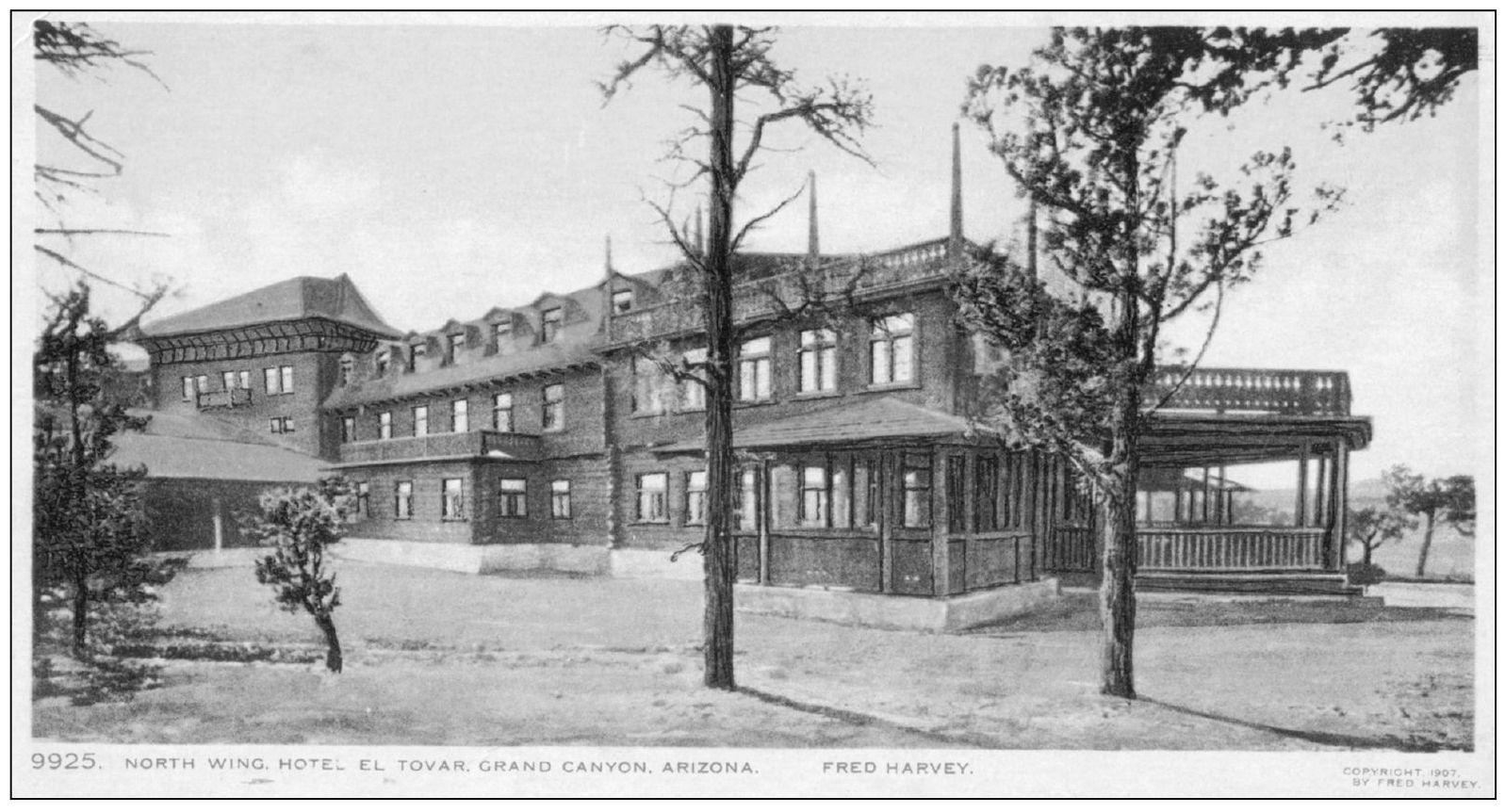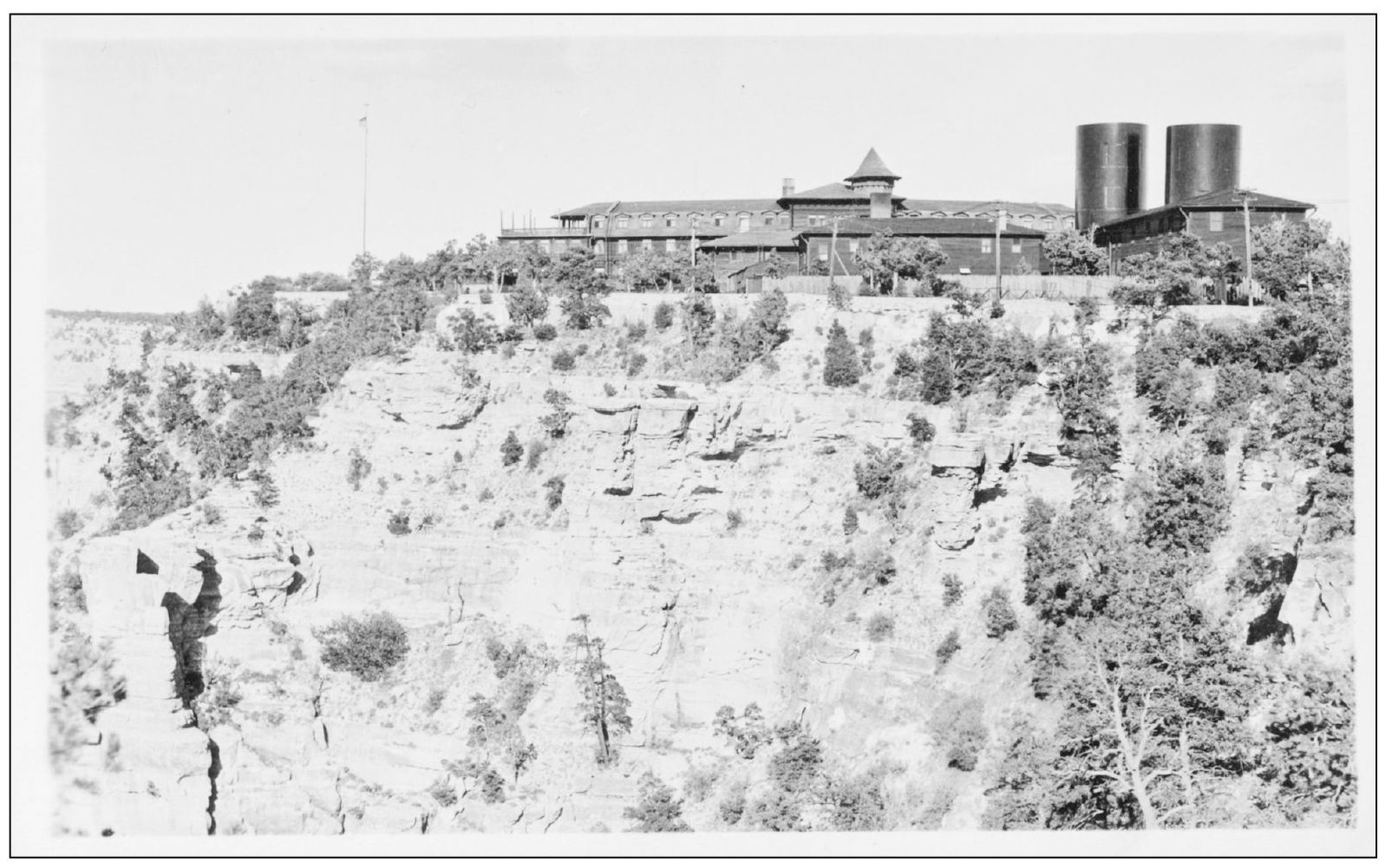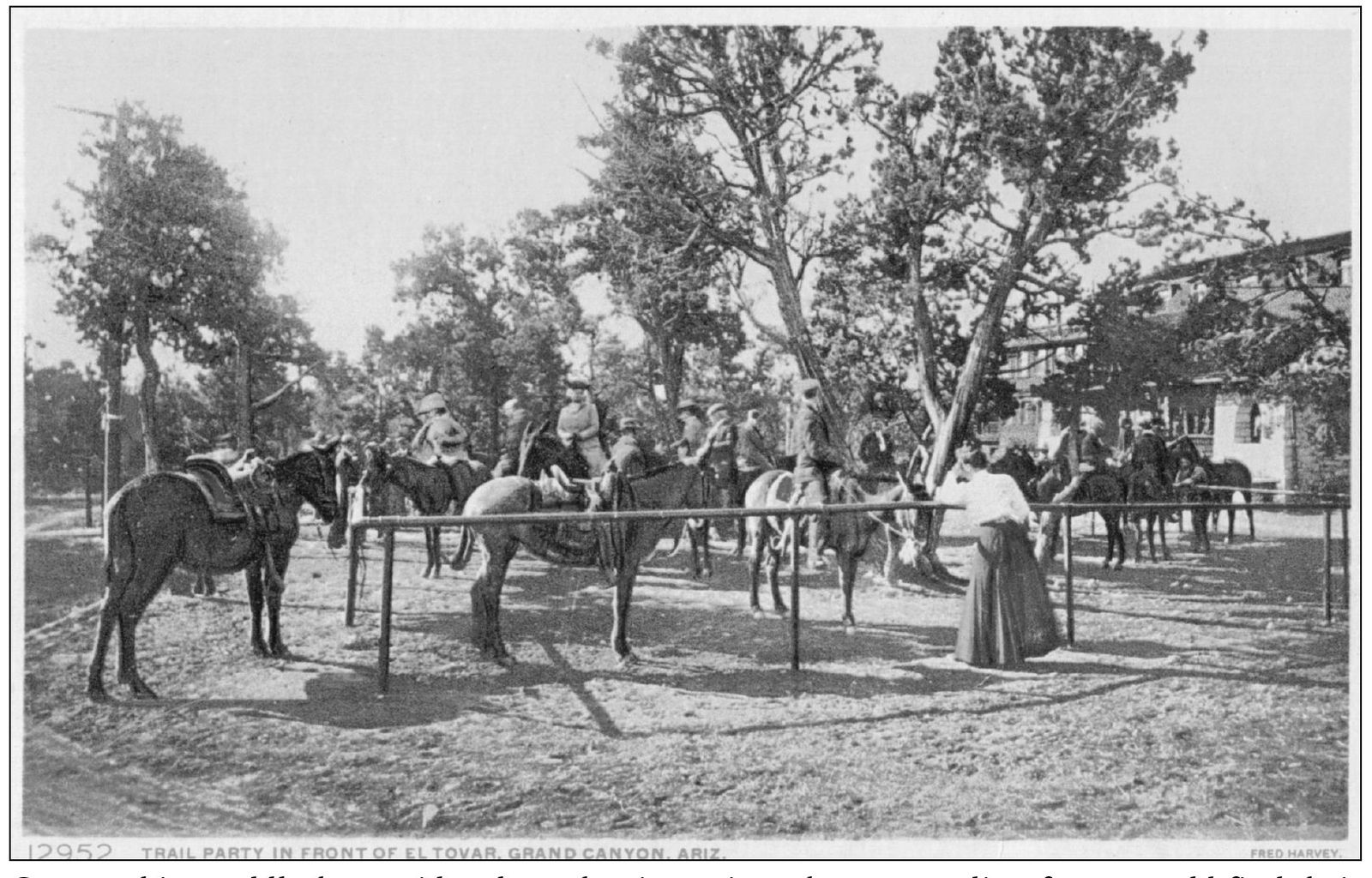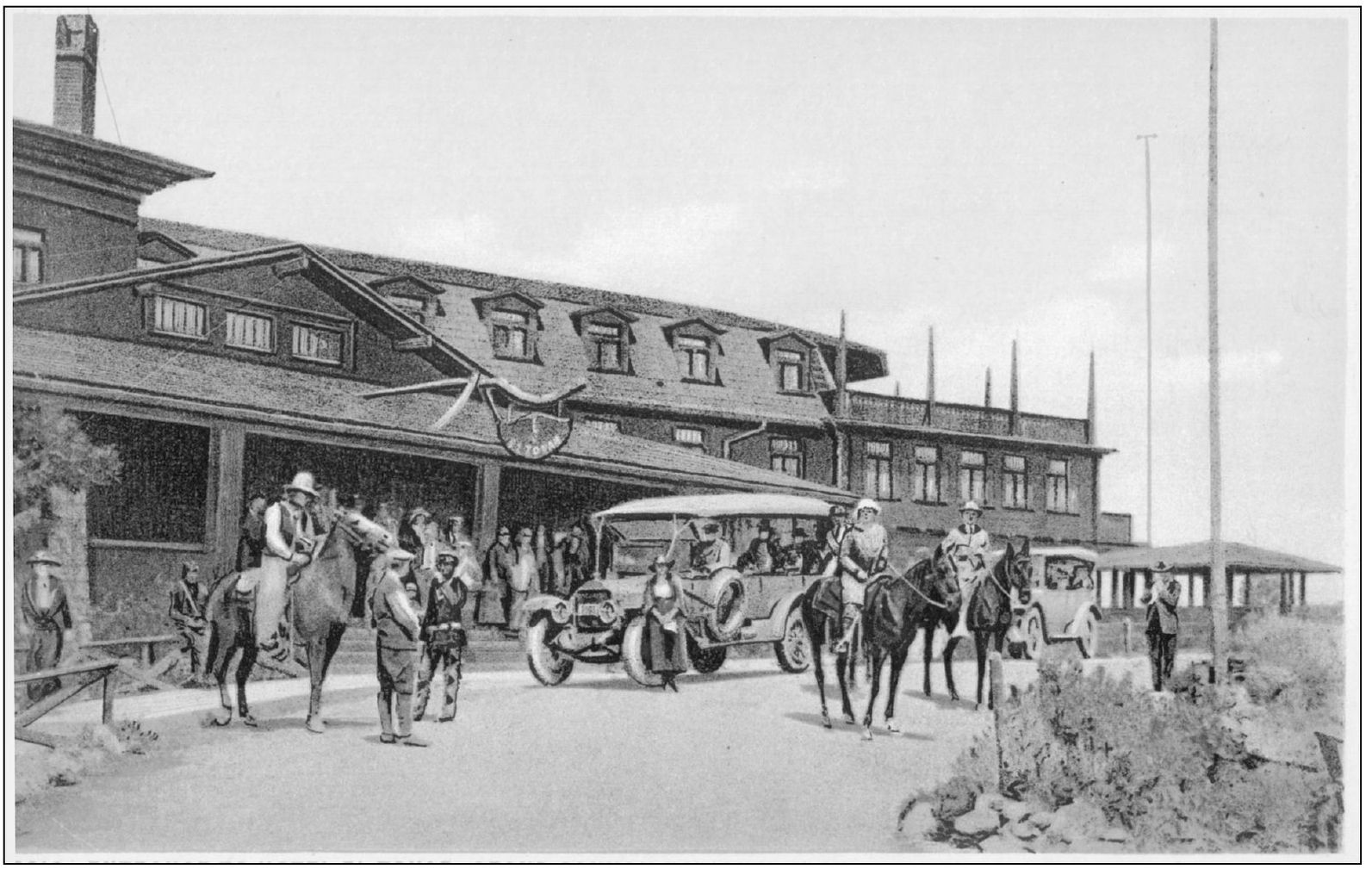I would like to thank my editor at Arcadia Publishing, Jared Jackson, the southwest acquisitions editor, for being a wonderful guide on the writing of this, my first book. I also want to thank the personnel of the Grand Canyon National Park Museum Collection, Colleen Hyde, and the museum staff for their saintly patience with my odd inquiries, Michael Quinn for his encyclopedic memory, and Jan Balsom for guidance on the park service buildings.
I wish to thank my friends Paul and Kathleen Nickens for suggesting I do this book and Laura Jones for her much needed help with computer technology. I must also acknowledge my sisters and brothers for their familial support, Terry Pierce, Wendy Echtinaw, Theodore Ratz, Jill Kilsgaard, Todd Ratz, and Tammy Dankenbring.
Unless otherwise cited in this publication, all images have come from my personal collection.
BIBLIOGRAPHY
Anderson, Michael F. Living at the Edge . Grand Canyon, AZ: Grand Canyon Association, 1998.
Government Printing Office. West Rim Drive in Grand Canyon National Park, Arizona . Washington, D.C.: GPO, 1935.
Grattan, Virginia L., and Mary Colter. Building upon the Red Earth . Flagstaff, AZ: Northland Press, 1980.
Hinton, Wayne K., with Elizabeth A. Green. With Picks, Shovels, and Hope . Missoula, MT: Mountain Press Publishing Company, 2008.
James, George Wharton. The Grand Canyon of Arizona . Boston: Little, Brown and Company, 1910.
Kolb, Ellsworth L. Through the Grand Canyon from Wyoming to Mexico . New York: Macmillan Company, 1919.
Simpson, W. H. El Tovar by Fred Harvey: A New Hotel at Grand Canyon of Arizona . Chicago: Santa Fe Railway, 1905.
Tillotson, M. R. Grand Canyon Country . Stanford, CA: Stanford University Press, 1935.
Union Pacific Railroad. Zion, Bryce Canyon, Grand Canyon National Parks . Omaha, NE: W. S. Basinger Publisher, 1937.
Wright, Barton. Hopi Material Culture . Flagstaff, AZ: Northland Press, 1979.
Find more books like this at
www.imagesofamerica.com
Search for your hometown history, your old
stomping grounds, and even your favorite sports team.
One
HISTORIC GRAND CANYON VILLAGE
Visitors arriving at the Grand Canyon by train were greeted at this 1909 log station designed by Santa Fe Railway architect Francis Wilson. On the hill behind the station is El Tovar Hotel. Visitors could walk up the hill or a carriage would collect them for transport to the hotel. Note the tilde above the first n in Caon. This was later changed to the Anglo spelling of Canyon.
After arriving at the circular drive on El Tovar Hill, the visitor is flanked by El Tovar Hotel on the west and the Hopi House on the east. Just north is a low retaining wall, and just beyond, the Grand Canyon drops away. This is where most visitors had their first view of the Grand Canyon.
El Tovar Hotel is a fine example of the arts and crafts style of architecture. It uses Oregon pine and local stone. Architect Charles Whittlesey incorporated Norwegian villa and Swiss chalet motifs with a French mansard roof and rustic elements to create a building that is both distinctive and visually pleasing.
This view of the north wing of El Tovar Hotel shows the roof garden on the third floor with its obelisk-like posts. The second floor balcony reaches out to the canyon. The north porch offers a shady location to sit and watch people walk along the rim. The upper balconies used to be public areas but are now part of the north wing suites.
From the west looking east back at the hotel, this view shows the old water towers on the right, now removed. Water was brought by train cars from Del Rio, Arizona, just north of Prescott, a distance of 120 miles. The current water supply is from a spring inside the Grand Canyon.
Sightseeing guests could depart from El Tovar Hotel via coach. The Fred Harvey Company built fine stables for more than 125 driving horses, saddle horses, and trail mules. There were also rooms for the coaches, wagons, saddles, and tack. This equipment was all first class, and the animals were well cared for.
Guests taking saddle-horse rides along the rim or into the surrounding forest would find their mounts in front of the hotel. Because not everyone could pack for western adventures, and for the comfort of the riding guest, the hotel had a supply of divided skirts for ladies, gentlemens overalls, linen dusters, hats, and more, which could be rented from the hotel for reasonable rates.
This view shows a large party leaving the hotel for a sightseeing tour. These usually were of short durations, two or three hours. Some could take the whole day, like the trip to Grandview, a 28-mile round-trip. There were even overnight trips that required guests to stay in tents. All the equipment and food were packed in the carriages that followed along.
As time passed, things changed, and the forms of conveyance changed, too. With automobiles, it was now possible to complete longer trips faster and to take trips farther afield. Now trips to Rainbow Bridge on the Utah border could be done from a Grand Canyon point of origin, and a trip to the Painted Desert was also possible.
When first entering El Tovar Hotel, visitors came upon the Rendezvous. A large room measuring 41 feet by 37 feet, the Rendezvous was noted for its walls of dark-stained logs and heavy rafters. Big game trophies repose above the plate rail that circles the entire room. Window seats offer a cozy spot for tte--ttes. Easy chairs and small desks allow one to read or write a postcard home.

